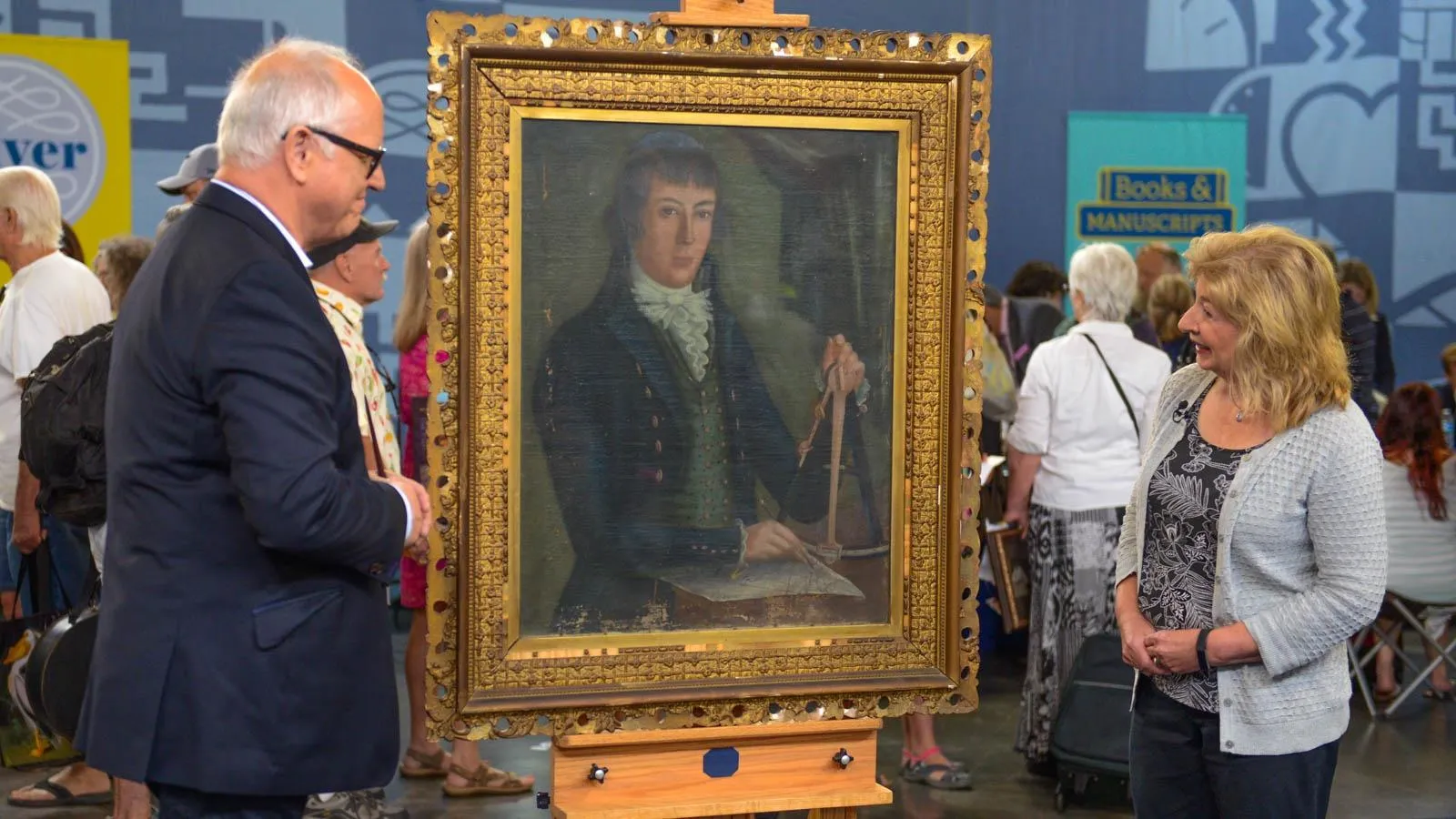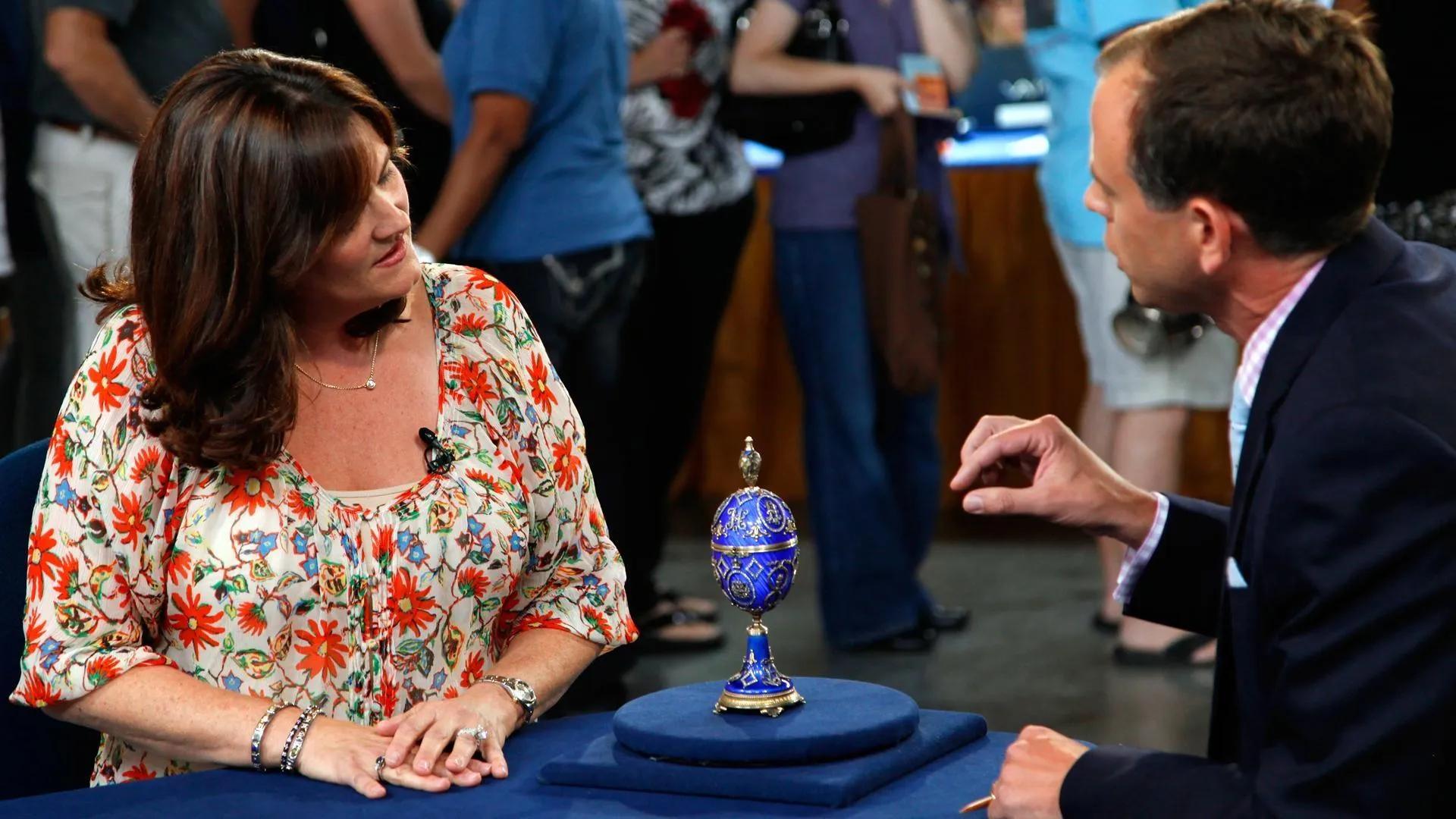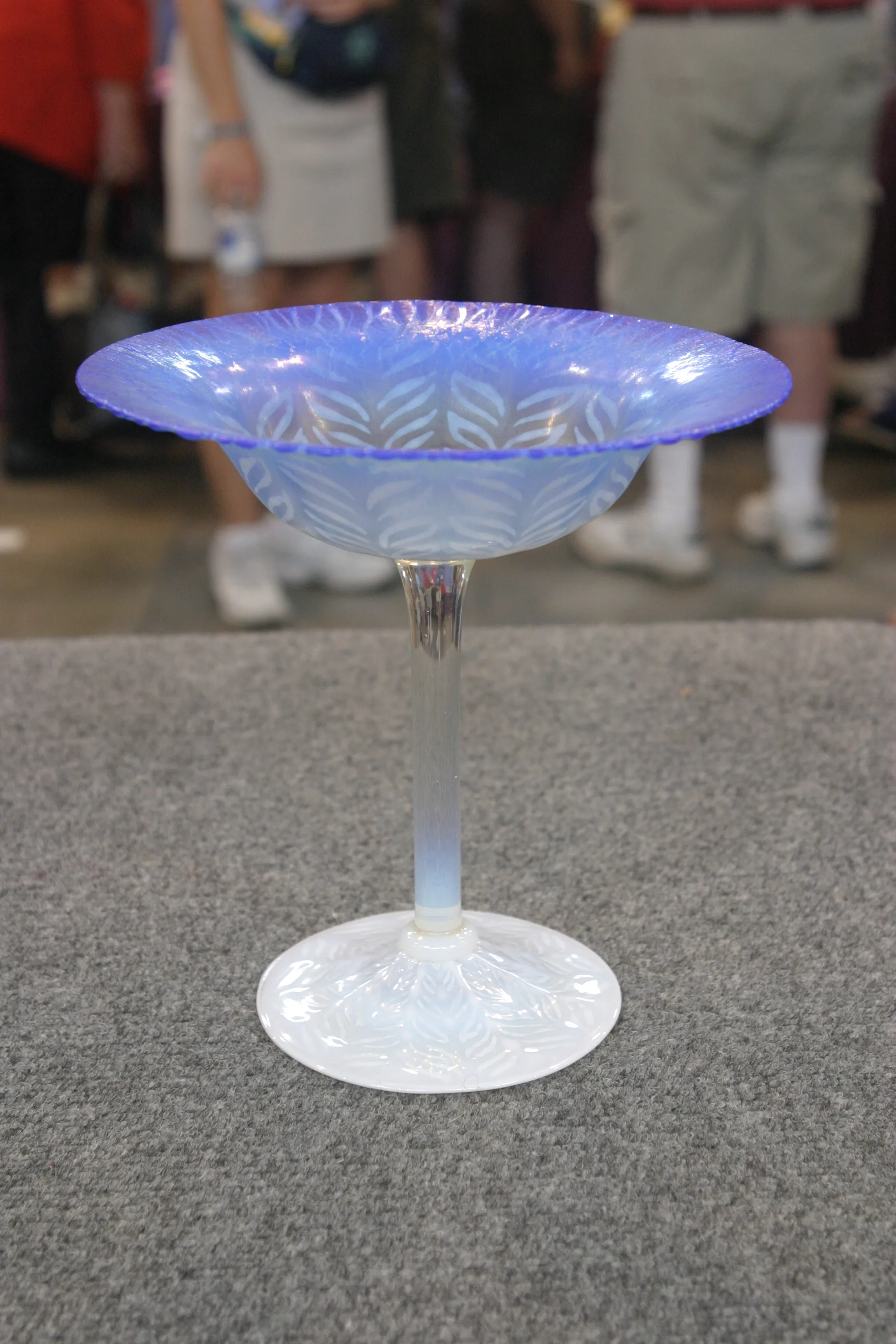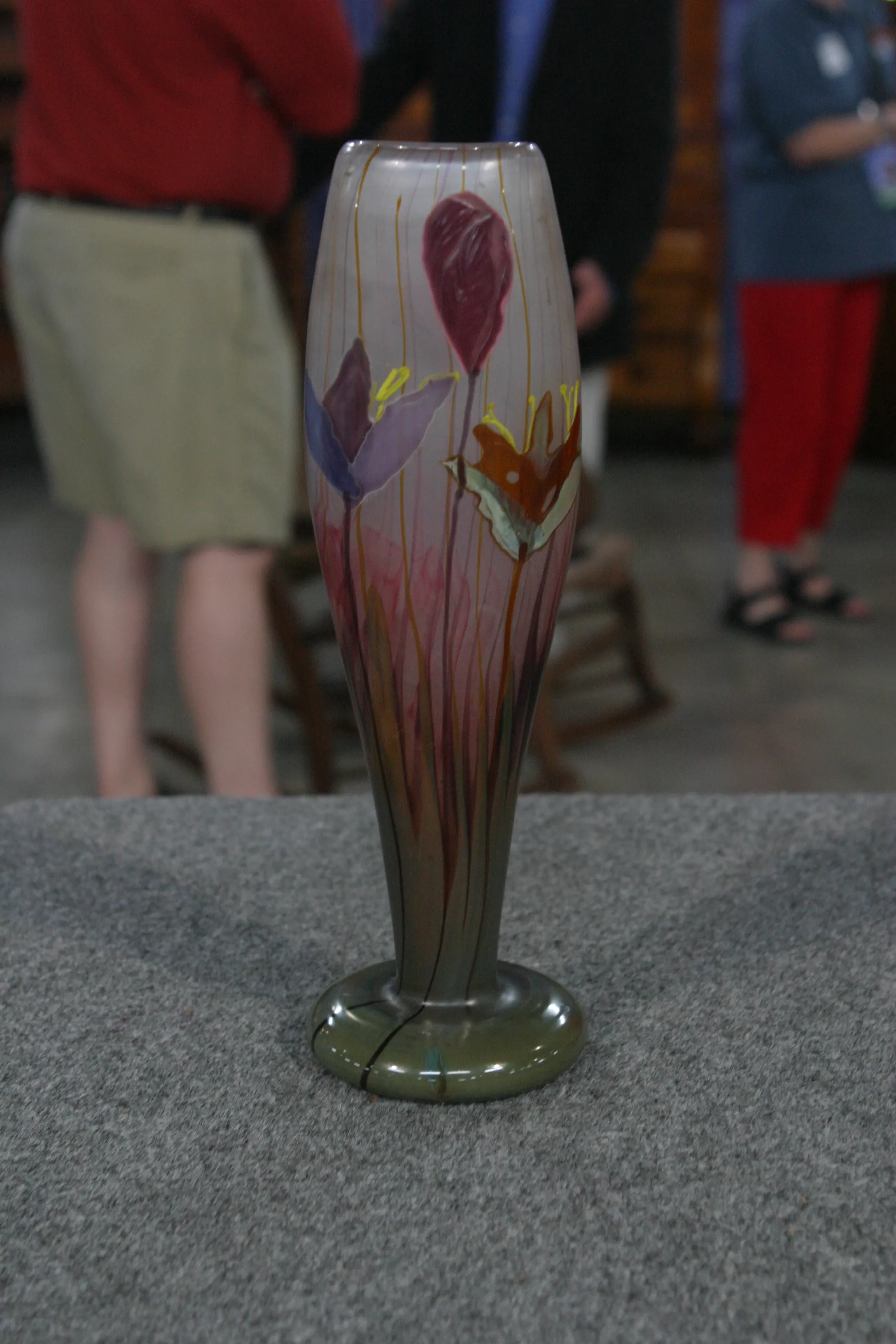GUEST: So I brought two clocks. They belonged to my late father-in-law, who loved clocks. He was a jeweler and a watchmaker. And I particularly liked these. I thought they were very pretty clocks. They were made by the same man. I don't know a whole lot about him. I understand he's from Massachusetts. They're signed "Massachusetts," so...
APPRAISER: The person that made these clocks is one of the more interesting reproduction clockmakers. In the 1960s, he started making clocks of this type here called a girandole clock, which is considered one of America's most beautiful forms, having the gilt case, the convex glass, really nicely decorated. And then also this clock here, which is a design probably by John Sawin, a Boston clockmaker, which is called a lyre clock or a harp clock. Both of these clocks were probably made in the '70s sometime, 1970s. But the forms come 1825, where they were first popular. What makes these clocks particularly collectible is the fact that they were made by Elmer Stennes. He was a really skilled woodworker and who was a very interesting person. Elmer Stennes has the dubious distinction of murdering his first wife.
GUEST: Oh, my.
APPRAISER: In the 1970s, well he got in an argument with his wife and shot her. He called the police department himself, said he wouldn't give them any trouble, he had the gun in his back pocket, and come over and get him. They arrested him, and he was released on bail for $25,000. While he was out on bail, he continued to make clocks, and he actually signed some of his clocks "O.O.B.," which stood for "out on bail."
GUEST: (chuckles)
APPRAISER: About 1970, he was convicted of not murder, but of manslaughter, and was sentenced to eight to ten years. He served 28 months, and he was paroled. Now, while he was in prison, for whatever reason, he was able to manufacture cases, and those clocks were signed "M.C.I.P." Now, some people say it stands for "made case in prison." Some people argue that it stands for "Massachusetts Correctional Institute, Plymouth." And those clocks are really desirable, because they have that distinction of being made while he's serving time. After he served his sentence for manslaughter, he remarried in, I believe, 1973. A couple of years later, the house was broken into, and two people came into the bedroom and shot Elmer Stennes five times. And allegedly, they thought it was a revenge murder. And, as a result of that story, people actually collect his clocks and his furniture.
GUEST: Oh, wow. (laughs)
APPRAISER: And you happen to have two very nice representations of them. Both of these clocks are signed on the dial. Both have his trademark insignia, which is a little fly, which is painted on the dial. This market has somewhat taken a hit in the last couple of years, as a result of the economy. But this particular lyre clock, which is a very nice example, with a very nice paint-decorated tablet, would probably sell in a retail shop for about $4,500.
GUEST: Wow, okay.
APPRAISER: This clock here, uh, in today's marketplace, probably has a value of around $6,500.
GUEST: Okay.
APPRAISER: So, for the collection, you're up around $11,000.
GUEST: Oh, that's wonderful. Well, that, that's great. Well, we enjoy them so much. We just think they're very beautiful. But what a violent past that, uh, clockmaker had.
APPRAISER: Right.












